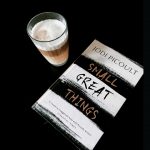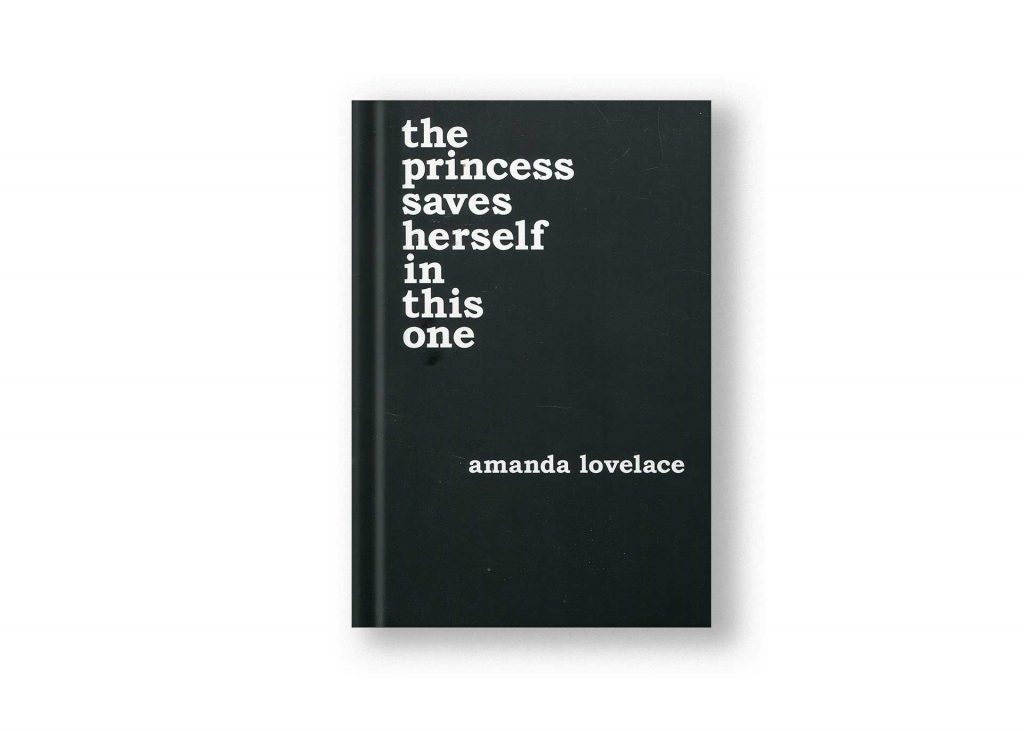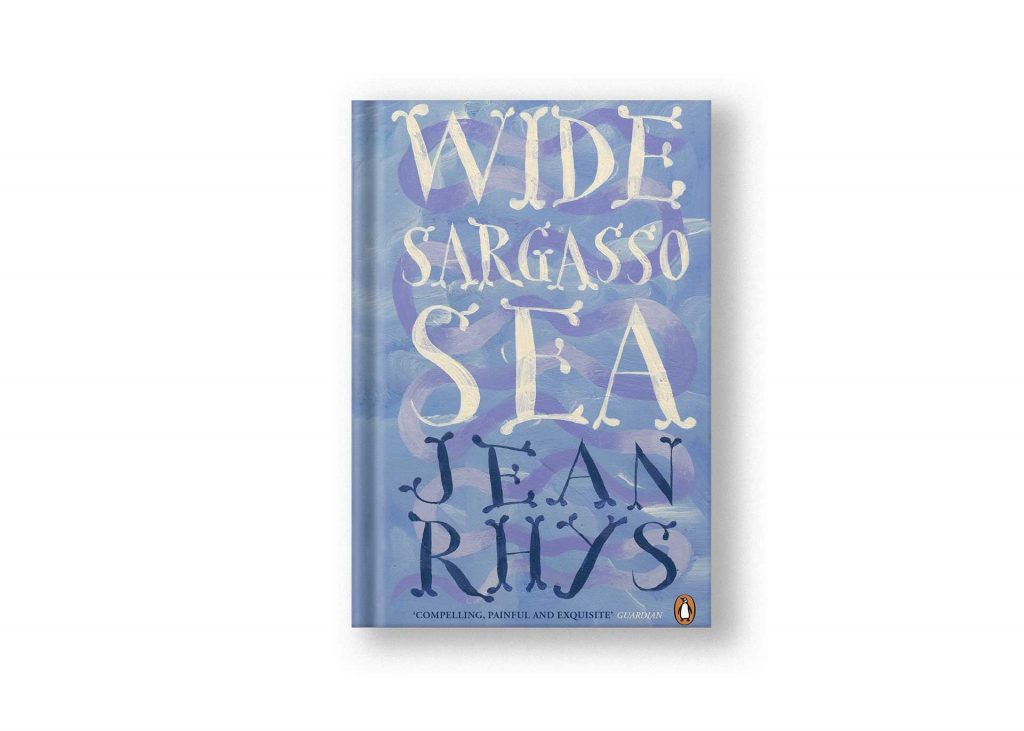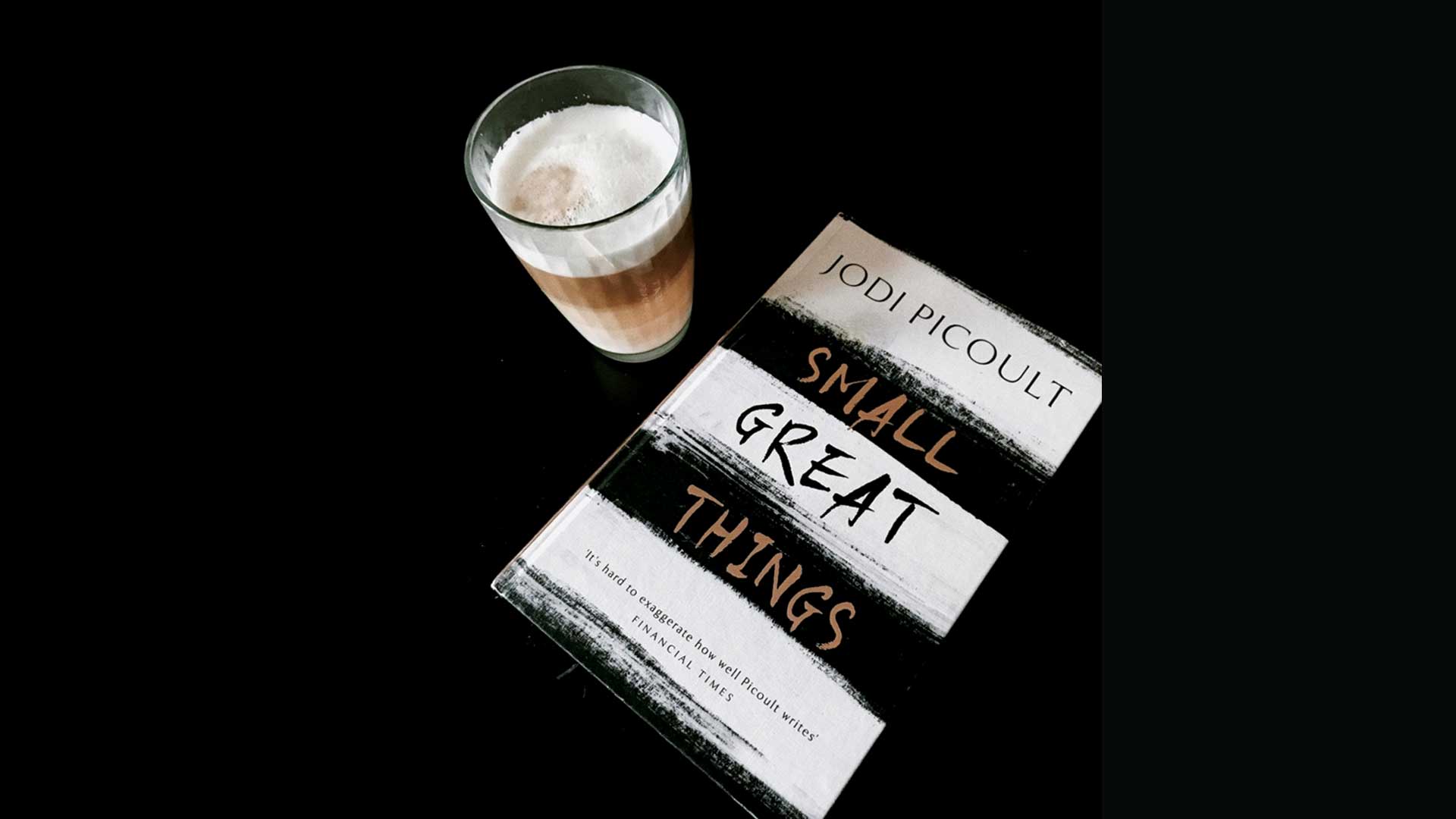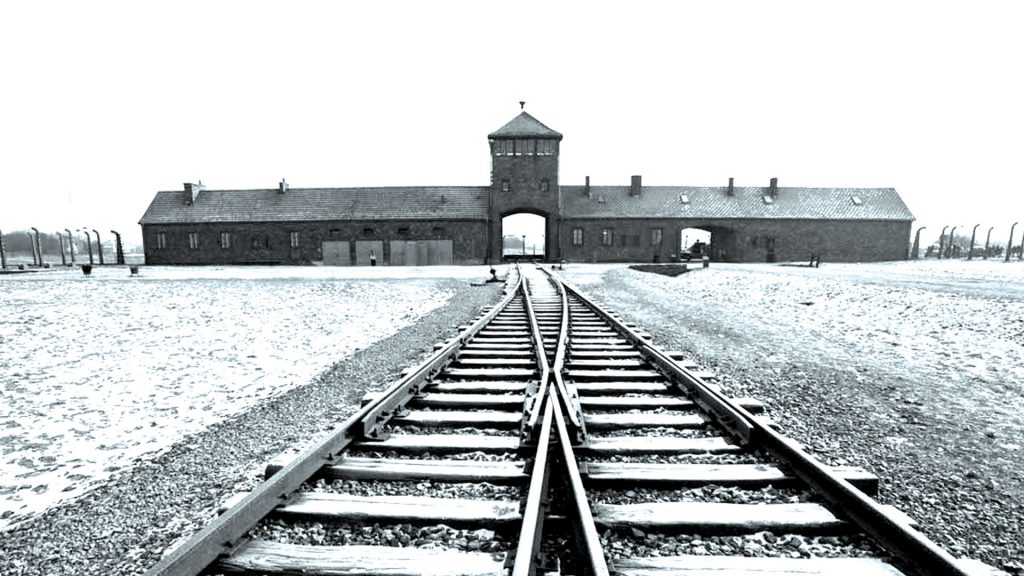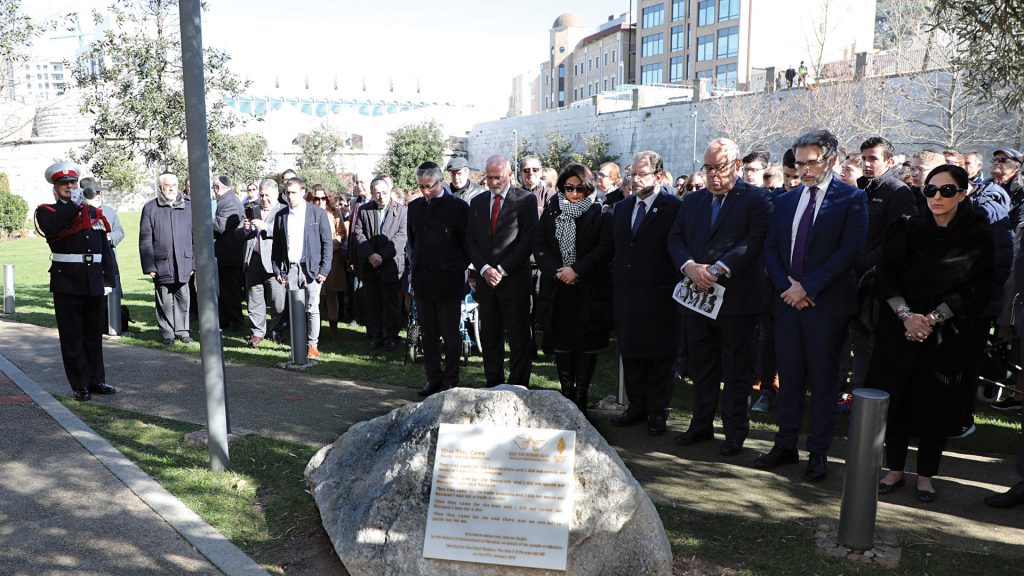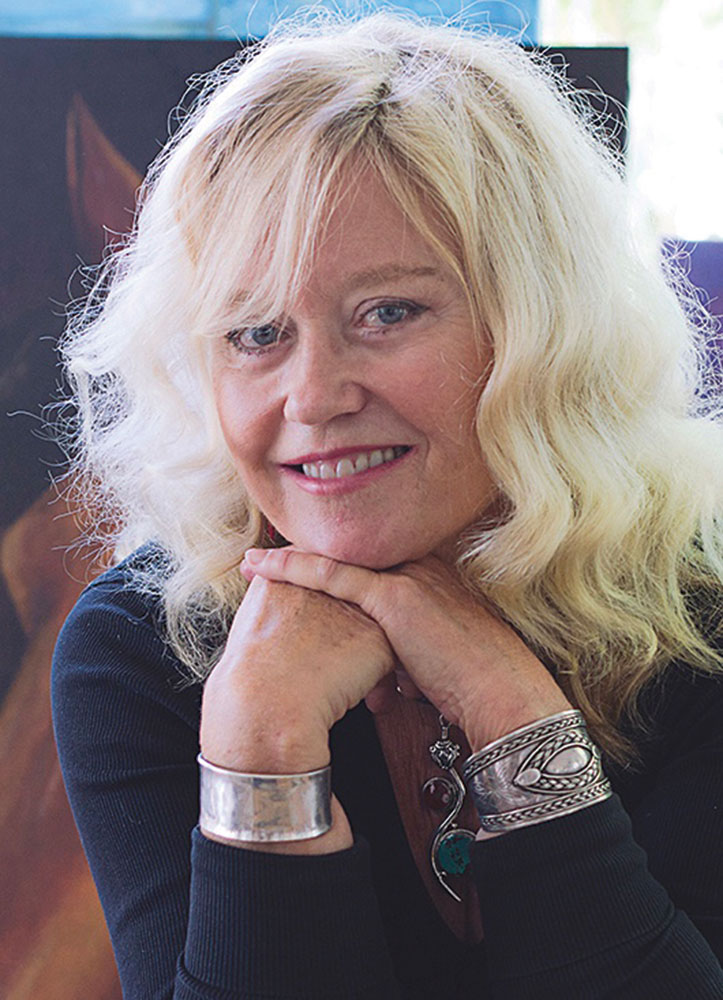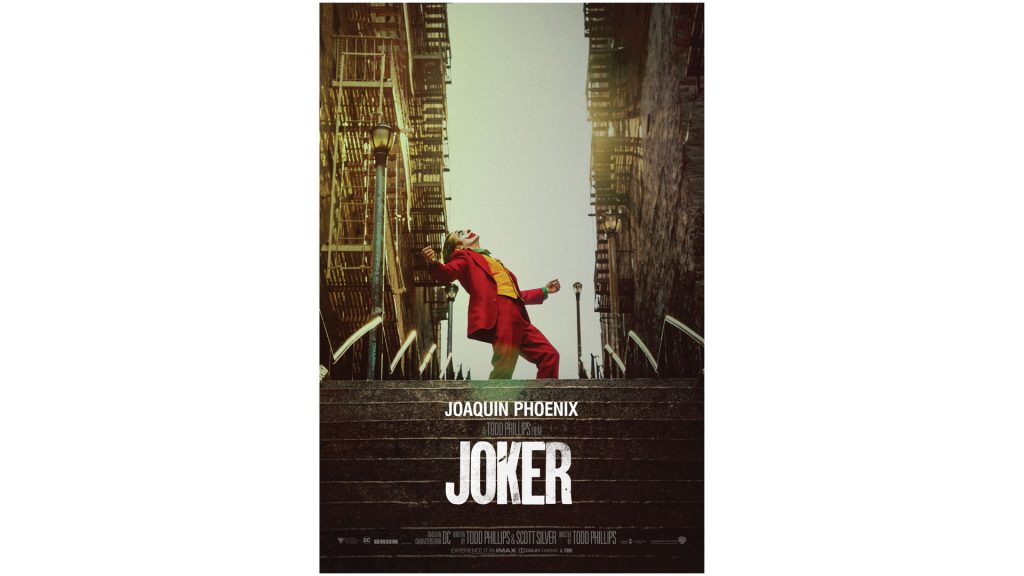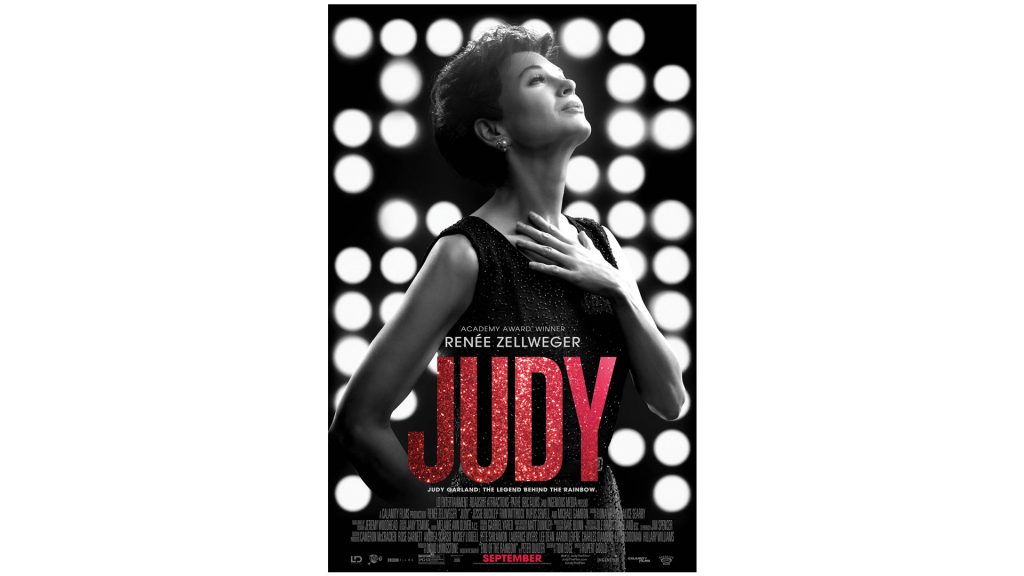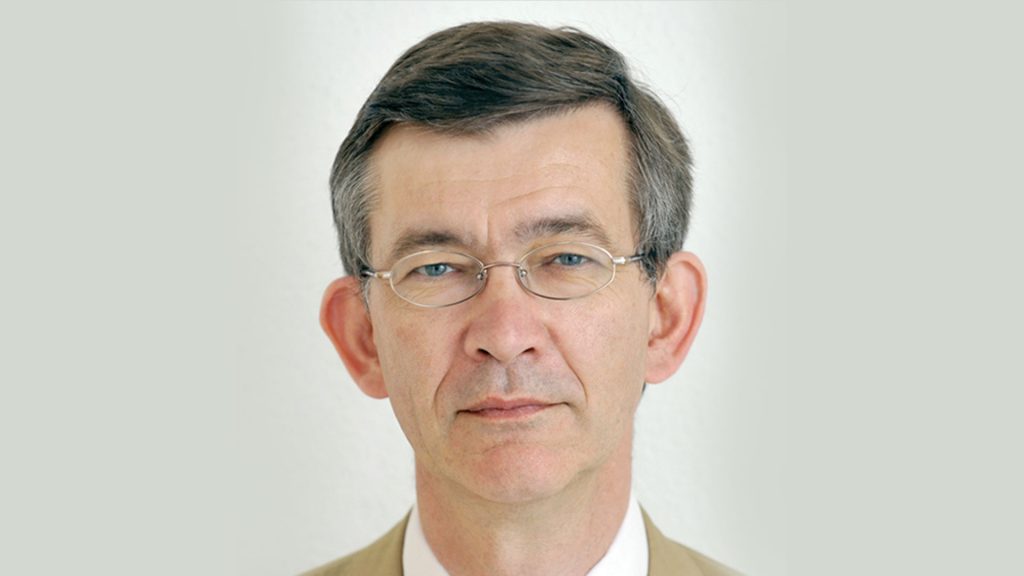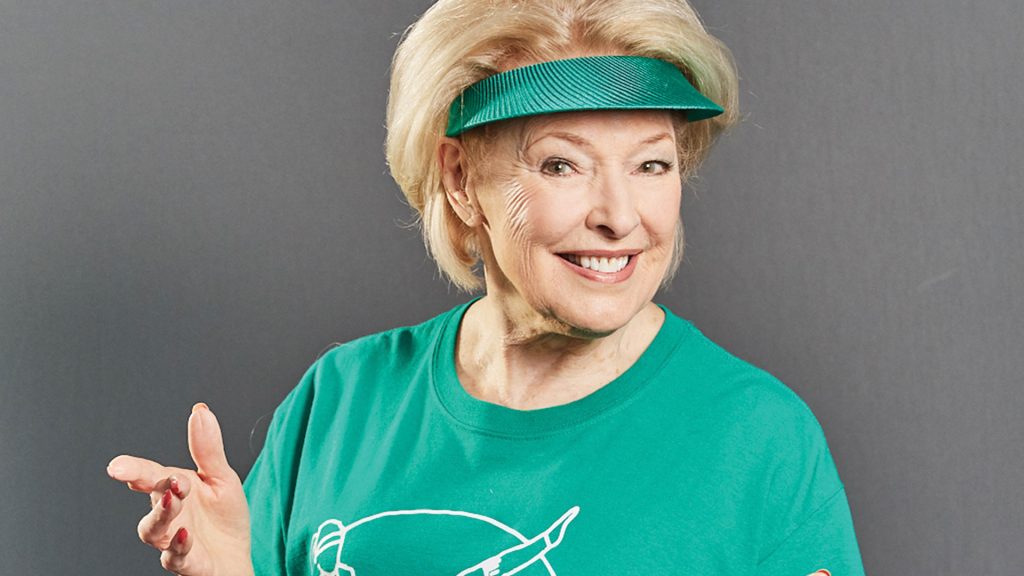Here is an interesting one…
The Christmas card’s origins are hard to pin-down exactly, but the first recorded ones can be traced to being sent to King James VI & I, and was found in the National Records of Scotland. The message inside was:
“A greeting on the birthday of the Sacred King, to the most worshipful and energetic lord and most eminent James, King of Great Britain and Ireland, and Defender of the true faith, with a gesture of joyful celebration of the Birthday of the Lord, in most joyand fortune, we enter into the new auspicious year 1612″.
Mistletoe: The funny little green plant, that nobody outside their COVID bubble should be utilising this year, echoes the romance and tingly feel good feeling at this time of year. However, be warned as the two weeks in the run up to Christmas is sadly one of the most common times of the year that couples break up.
Outer Space: On Christmas Eve 1948, the United States Air Force issued a statement saying that an “early warning radar net to the north” had detected “one unidentified sleigh, powered by eight reindeer, at 14,000 feet, heading 180 degrees.” This was the genesis of the idea to track Santa all around the world using the resources of US military satellites. The website noradsanta.org is live from 1st December.
In 1965 two astronauts reported an unidentified craft. They contacted Mission Control describing it as having one main command module and eight smaller modules in front. They went on to mention that the pilot appeared to be wearing a red suit. After control room scratched their heads for a minute or two, the pair then burst into song, singing Jingle Bells.
Santa: In Russia, Santa is called Father Frost. He is also prevalent in other Slavic countries. He delivers his presents on New Year’s Eve to well-behaved children. Depending on the country, he is often helped by his granddaughter, known as the Snow Maiden.



